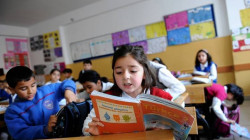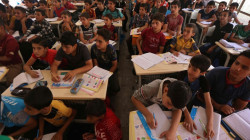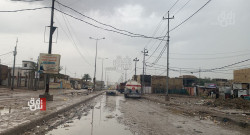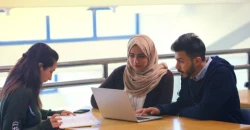Modernize or Fall Behind: Iraq's education tech crisis
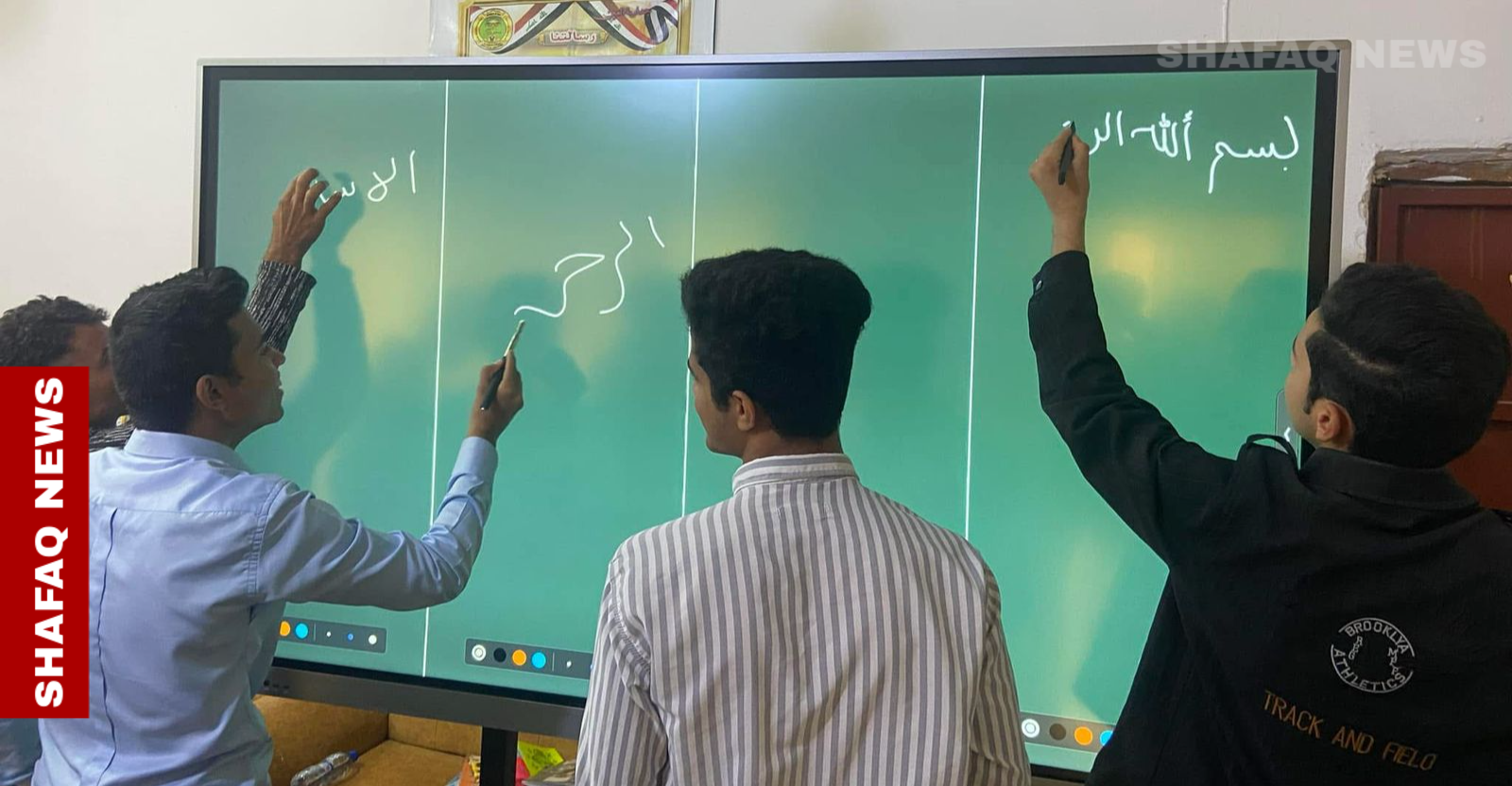
Shafaq News/ In many developed and neighboring countries, the integration of advanced technologies such as artificial intelligence (AI), smartphones, tablets, and interactive whiteboards has revolutionized education. These tools have transformed the way students learn, teachers teach, and educational content is delivered. However, despite its potential, Iraq has taken only modest steps toward harnessing the power of technology in education, especially when compared to its neighbors.
Iraq's Technological Leap: Slow but Steady?
Countries around the world have embraced technology as an essential part of their educational systems. From interactive whiteboards and AI-assisted learning platforms to mobile learning apps, the use of these technologies has expanded access to education, personalized learning experiences, and improved learning outcomes.
According to E-learning expert, Dr. Mohamad Awada, Iraq has taken only "timid steps" in comparison to its neighbors, primarily due to several socio-economic and infrastructural challenges.
“While certain schools, particularly private and elite institutions, have begun to adopt digital tools such as interactive whiteboards and smart devices, the widespread implementation of technology remains limited.” He says to Shafaq News, adding that the integration of these tools is often confined to a select number of institutions, leaving public schools behind in the race to modernize.
One of the major barriers is the state of Iraq’s educational infrastructure. In contrast to countries that have invested heavily in upgrading their educational facilities, Iraq faces numerous challenges such as overcrowded classrooms, inadequate school facilities, and a lack of basic resources.
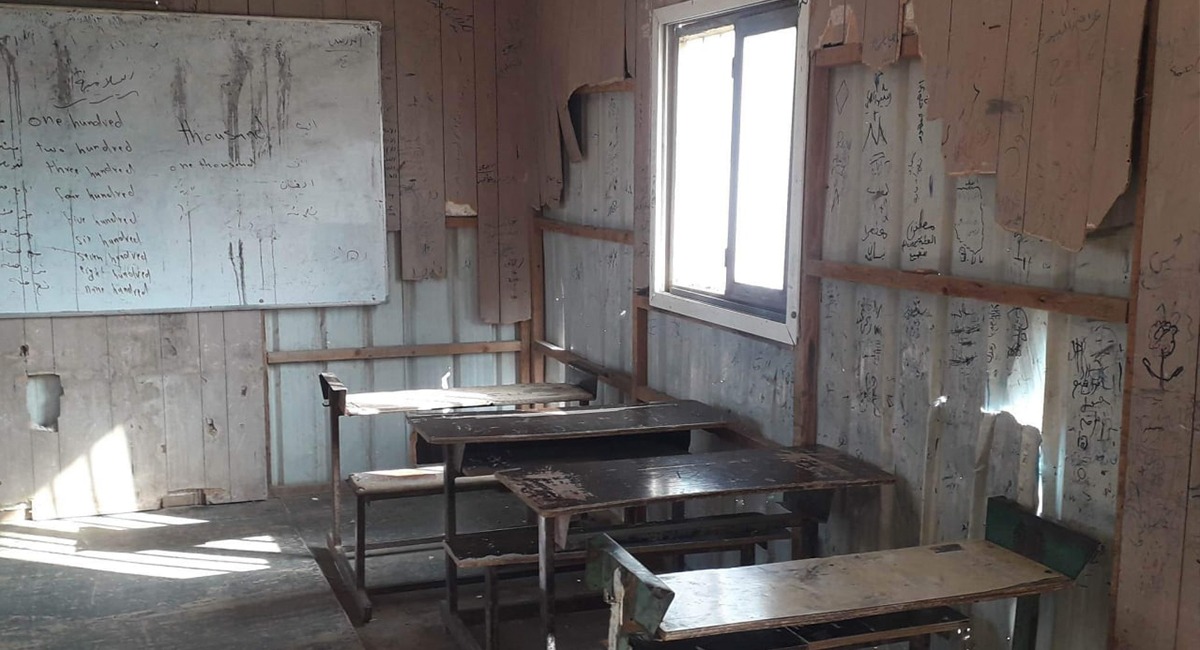
Many schools continue to operate without proper ventilation, heating, or cooling systems, which makes it difficult for students to focus and learn in optimal conditions.
A recent study by the Iraqi Ministry of Education (2023) highlighted that a substantial portion of public schools in Iraq still lack the necessary infrastructure to support modern e-learning platforms. This limitation often results in unequal access to digital education tools between different regions and school types.
Additionally, Awada points out that socio-economic factors play a crucial role in the adoption of technology. While private schools and wealthier families are more likely to afford tablets, smartboards, and other advanced tools, many public schools are constrained by budget limitations and the need to prioritize basic resources over technological upgrades. “This disparity creates an educational divide, where students in private schools benefit from modern learning tools, while those in public schools continue to rely on outdated teaching methods.”
A 2022 report by UNICEF Iraq revealed the lack of access to digital resources in public schools significantly affects students' ability to adapt to e-learning environments, especially in rural areas. This report stresses the need for targeted investments in both infrastructure and digital literacy.
The lack of teacher training in using these technologies also presents a significant challenge. “For successful implementation, teachers need to be equipped with the necessary skills and knowledge to integrate digital tools into their teaching methods effectively. Unfortunately, teacher training programs in Iraq have not kept pace with technological advancements,” Awada explains.
A 2023 study published by the International Journal of Educational Technology pointed out that while Iraqi teachers recognize the importance of technology, only a limited number are trained in its effective use. This study calls for increased investment in teacher professional development programs focused on digital education tools.
Another impediment to the advancement of digital education in Iraq stems from budgetary constraints. Data from UNICEF reveals a concerning trend: the lion's share of the education budget is consumed by salaries, leaving a meager allocation for crucial operational expenses, including technological upgrades and infrastructure development. This disproportionate expenditure, with operational expenses consistently exceeding 96.9% of total government education expenditures, effectively starves the sector of the resources needed for meaningful digital transformation.
Impact of COVID-19 Pandemic
The COVID-19 pandemic, while devastating in many ways, also acted as a catalyst for the adoption of digital education tools in Iraq. With schools temporarily closed due to the pandemic, Iraq, like many other countries, was forced to explore alternatives to traditional classroom learning.
The Ministry of Education leveraged technology to facilitate distance learning, with a focus on e-learning platforms and digital content. According to Karim Al-Sayed, the spokesperson for the Ministry of Education, the pandemic reinforced the importance of technology in education, enabling schools to continue lessons remotely through online platforms.
"E-learning was implemented using a variety of tools, including smartboards and all educational resources. While it was not applied on a widespread scale, technology was utilized in many public and private schools."
While the adoption of these tools was not universal, it marked an important step in the integration of technology into Iraq's education system. Teachers began using online groups, video lectures, and educational videos to maintain communication with students.
The shift to e-learning during the pandemic also led to a surge in demand for training resources for teachers and students. According to a 2022 study by The Iraq Digital Education Research Institute, there was an overwhelming need for enhanced teacher training and digital literacy programs to help both educators and students navigate the shift to online learning platforms.
Role of Smart Technologies
Smartboards, interactive screens, and tablets are among the most widely discussed educational technologies in Iraq. But despite the growing demand for such technology, the availability of interactive boards and tablets remains limited.
A local supplier, Sarmad Munther Abdul-Kadhim, revealed that his company had supplied a significant number of interactive screens to private schools and universities, but the demand from public institutions was still relatively low.
He revealed that during the past period, he supplied private schools with "99 screens, 38 screens for private institutes, and 6 screens for private universities." He noted that his company "provided public universities with 34 screens and only 7 screens for public schools."
Private schools appear to be better equipped with technological tools than public schools, which suffer from overcrowded classrooms and a lack of modern educational resources.

In this regard, Hind Salman Al-Saadi, the director of a private school, explains that technology is integrated into all aspects of their curriculum. "Our entire educational system relies on technology, from surveillance cameras that connect parents to their children, to smartboards and tablets used by students for learning, and even communication between parents and teachers through WhatsApp and Telegram groups," she says.
Al-Saadi stresses the importance of creating an environment conducive to learning, particularly for a generation that has grown up surrounded by smartphones, large screens, and digital tools. "If the most crucial place in a child’s life—their school—does not offer a smart environment that aligns with their daily experiences, they may lose interest in lessons, leading to academic struggles and poor performance," she explains.
Meanwhile, Rathi Hassan Saad, a teacher who has worked in several public schools in Baghdad, notes that he has seen no presence of technology in any of them.
Speaking to Shafaq News, he emphasizes that "providing computers, smartboards, and other technological tools has become an urgent necessity and should be implemented in all schools, following the example of neighboring countries, to enhance teaching methods and improve the quality of education."
Students also emphasize that the absence of technological tools affects their ability to absorb and understand their lessons effectively.
Qusay Hamid, a sixth-grade public high school student, explains that his school lacks modern teaching aids, smartboards, or computers. "Even our computer class is entirely theoretical when it should be practical. This greatly impacts our understanding of the subject," he says.
He adds that teachers often explain the material and leave as soon as the lesson ends, leaving many students struggling to grasp the content. "Many of us need additional explanations and more interactive teaching methods," he notes.
However, he acknowledges that some teachers have created WhatsApp groups for students, which has been particularly beneficial. "These groups help us engage with the subjects and discuss them among ourselves. Teachers also share explanatory videos, which make the lessons more interesting and help us review and comprehend the material more effectively."
A Path Toward
The future of education in Iraq lies in the successful integration of technology into all levels of education. To achieve this, the country must address the challenges of infrastructure, socio-economic inequality, and teacher training. The government must prioritize investments in educational infrastructure, ensuring that all schools, especially public ones, have access to modern facilities such as smartboards, tablets, and reliable internet connections.
Zlikha Elias Qali Qadu Bakar, a member of the Parliamentary Education Committee, emphasizes that the use of technology is an urgent necessity in the education sector and that Iraq is making efforts to incorporate technological tools into its teaching methods.
Bakar notes that when compared to neighboring countries, Iraq’s use of technology in education is extremely limited, if not almost nonexistent. She attributes this to weak infrastructure, overcrowded classrooms, and the lack of basic amenities such as heating and cooling systems in schools. These fundamental issues, she argues, must be addressed before Iraq can effectively integrate technology into its education system.
She describes the experience of e-learning during the COVID-19 pandemic as valuable, arguing that it underscores the need for a broader implementation of technology in public schools and universities.
“Iraq must accelerate its efforts to expand the use of technology across all sectors, particularly in the education system, to keep pace with global advancements.”

Moreover, the government should support initiatives that promote digital literacy among teachers and students. Teacher training programs focused on technology integration can help educators leverage digital tools to enhance their teaching methods. According to Karim Al-Sayed, the Ministry of Education's spokesperson, the efforts to digitize curricula are a step in the right direction, but more comprehensive and sustained efforts are required to ensure that all students, regardless of their background or location, have access to the tools and resources they need to succeed in the digital age.
Al-Sayed affirms that "the Ministry of Education is moving toward digitizing curricula, with a significant portion of this process relying on technology. The goal is to enhance the educational process and deliver content to students through modern methods and approaches."
Additionally, Iraq can look to its neighbors as models for success. Countries such as Turkiye, Iran, and Kuwait have demonstrated the positive impact of technology on education, and Iraq can learn from their experiences.
